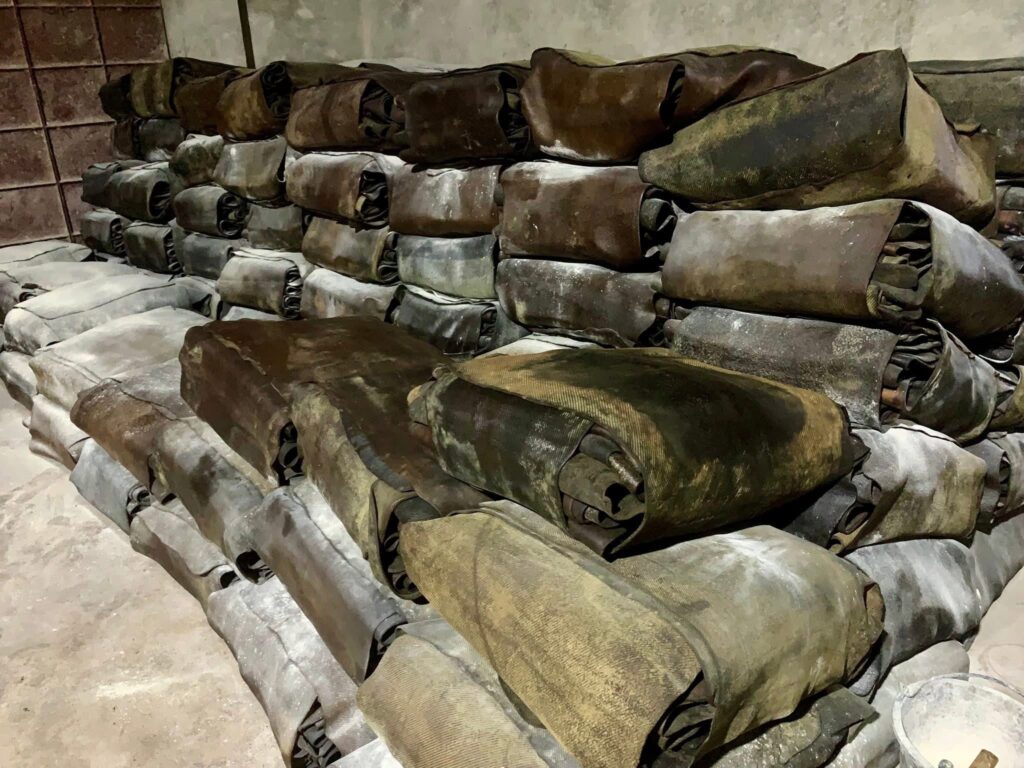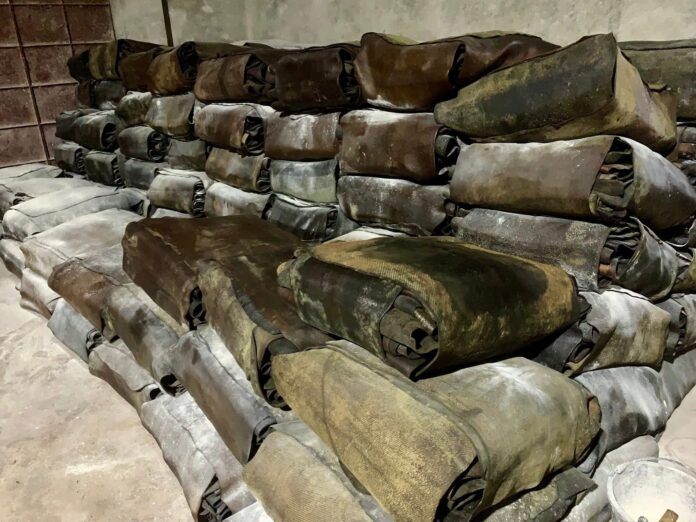In Mon State, rubber production has dropped sharply at the beginning of the new tapping season due to persistent rainfall and low market prices, according to local rubber farmers.
A rubber plantation owner from Thanbyuzayat Township said continuous rain since the start of the season in September has made tapping difficult and reduced output.

“We have about 4,000 rubber trees. In previous years, we could start tapping around Tawthalin (September) and would have collected around 1,000 pounds by now. But this year, because it’s still raining, we haven’t even reached 100 pounds yet,” he said.
As of October, sun-dried rubber sells for about 2,300 kyats per pound, smoke-dried rubber for 2,700 kyats, and RSS-3 grade rubber for 2,500–2,800 kyats per pound, which is lower compared to last year’s prices.
Exporters said prices should normally rise when production drops due to weather conditions, but global market fluctuations have kept local prices low.
Rubber farming is mainly concentrated in Mudon, Thanbyuzayat, Ye, Kyaikto, Kyaikmayaw, and Chaungzon townships, where many workers are now struggling to earn enough to cover living expenses.
In some areas like Ye, Thanbyuzayat, Kyaikto, and Thaton, security issues and ongoing armed conflict have also prevented farmers from beginning this year’s tapping season.
“In Ye Township, we’re not allowed to go to the plantations between 8 p.m. and 4 a.m. due to military restrictions. With the fighting nearby, many of us haven’t been able to start tapping yet,” said a local rubber farmer.
As a result, thousands of families who depend on rubber farming are now facing severe financial hardship this year.
Mon State remains one of Myanmar’s largest rubber-producing regions, with more than 500,000 acres of plantations. The state produces over 100,000 tons of rubber annually, much of which is exported to China and other countries.

